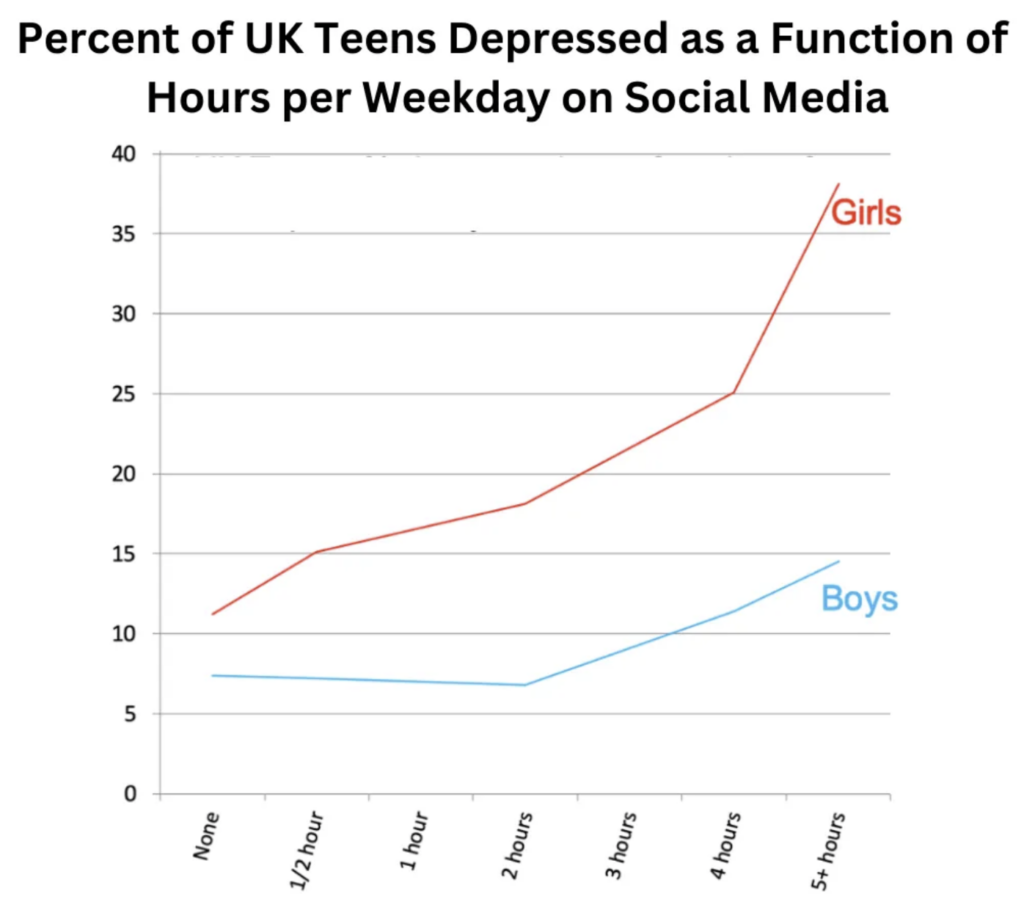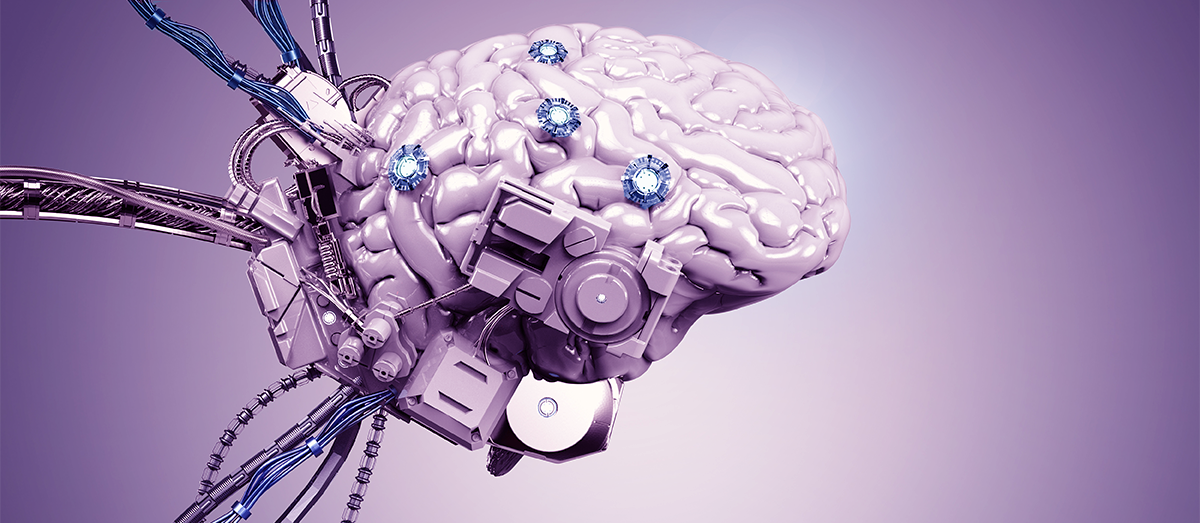Penna Dexter
The recent release of the Centers for Disease Control’s bi-annual Youth Risk Behavior Survey has sparked discussion about the role social media plays in the substantial rise of mental illness among young people.
Prominent researchers have conducted hundreds of studies on the influence of screen-based activities on teen mental health, mostly reporting only “small effects.”
Mindful of social media’s drain on teens’ sleep, exercise and family time, social scientist and author Jonathan Haidt dug deeper. He recruited psychology professor Jean Twenge and the two began compiling all relevant studies and found that, indeed, “digital media” — which encompasses all screen-based activities, including TV and Netflix, had only a small correlation to the rise in anxiety and depression among teens. But the story is very different “when you ‘zoom in’ exclusively on social media.” The relationship between social media use and mental illness is between 2 and 6 times larger than for all “digital media.”

The most pronounced damage is to girls.
The CDC survey found fifty-seven percent of teen girls reporting persistent sadness or hopelessness. This is up from 36 percent in 2011. Thirty percent say they have seriously considered suicide, up from 19 percent in 2011.
In a fascinating substack post, Professor Haidt details his conclusions and explains the teen mental health epidemic’s sudden onset which occurred in 2012, the year Facebook bought Instagram. Instagram was founded in 2010 the same year Apple released the I-phone 4, the first smartphone with a front-facing camera.
Soon, in multiple countries, most teens were spending less time with friends and most girls were spending hours per week, “trying to perfect their Instagram profiles while scrolling through even-more-perfect profiles of other teens.”
Parents can’t fix this by forbidding the use of social media. Social media, says Professor Haidt, “transforms social life for everyone, even those who don’t use social media.” Social media isolates teens, but taking the phone away also isolates them — from their entire community. They’ve been rewired.
 Listen Online
Listen Online Watch Online
Watch Online Find a Station in Your Area
Find a Station in Your Area









 Listen Now
Listen Now Watch Online
Watch Online
